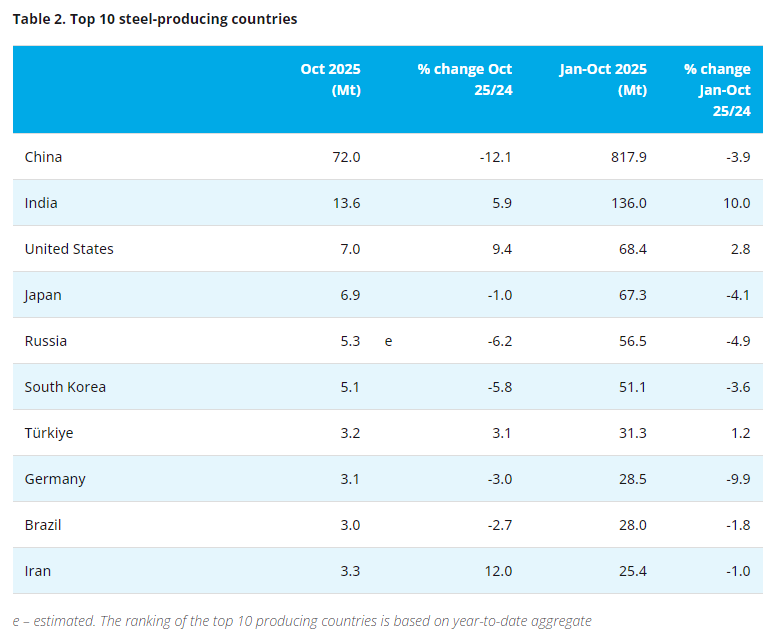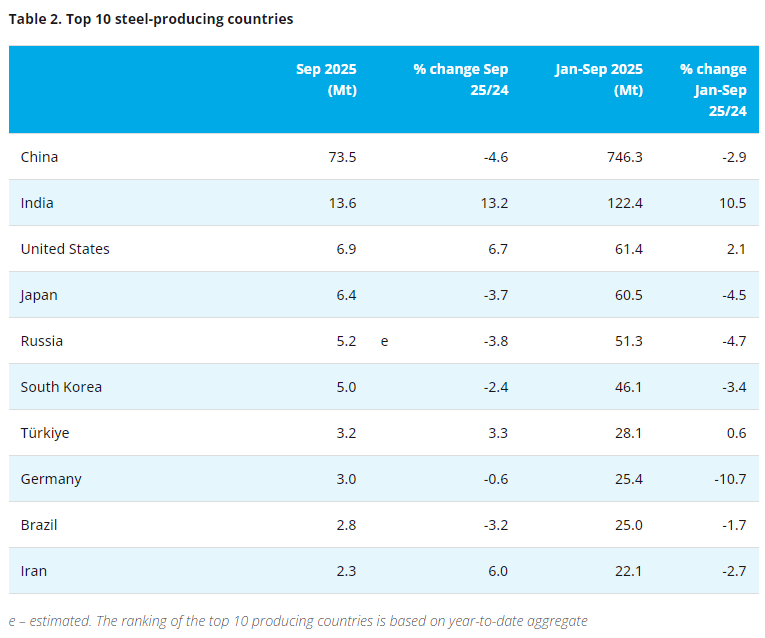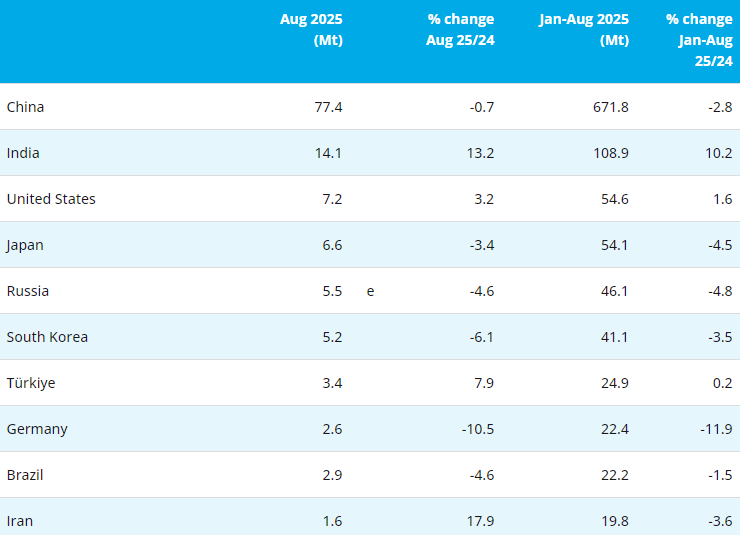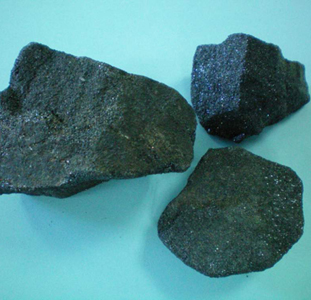An aluminum alloy is a chemical composition where other elements are added to pure aluminum in order to enhance its properties, primarily to increase its strength. These other elements include iron, silicon, copper, magnesium, manganese and zinc at levels that combined may make up as much as 15 percent of the alloy by weight. Alloying requires the thorough mixing of aluminum with these other elements while the aluminum is in molten – liquid – form.
Take-Away Facts
In the chemistry
Aluminum’s properties such as, strength, density, workability, electrical conductivity and corrosion resistance are affected by adding other elements such as magnesium, silicon or zinc.
Bradley Fighting Vehicle
The military Bradley Fighting Vehicle is made from two different aluminum alloys: a 7xxx series and 5xxx series. Trusted to keep soldiers safe and mobile, aluminum is also used in many other military vehicles.
Our favorite beverage container
America’s favorite beverage container, the aluminum can, is made from multiple aluminum alloys. The shell of the can is composed of 3004 and the lid is made from 5182. Sometimes it takes more than one alloy to make one, everyday item.
Hot and Cold
Aluminum alloys can be made stronger through heat-treatment or cold working. The attributes of a particular alloy are different because of their additives and treatment.
Aluminum Alloy 101
What is an Aluminum Alloy
An aluminum alloy is a chemical composition where other elements are added to pure aluminum in order to enhance its properties, primarily to increase its strength. These other elements include iron, silicon, copper, magnesium, manganese and zinc at levels that combined may make up as much as 15 percent of the alloy by weight. Alloys are assigned a four-digit number, in which the first digit identifies a general class, or series, characterized by its main alloying elements.
Commercially Pure Aluminum
1xxx Series
The 1xxx series alloys are comprised of aluminum 99 percent or higher purity. This series has excellent corrosion resistance, excellent workability, as well as high thermal and electrical conductivity. This is why the 1xxx series is commonly used for transmission, or power grid, lines that connect the national grids across the United States. Common alloy designations in this series are 1350, for electrical applications, and 1100, for food packaging trays.
Heat-Treatable Alloys
Some alloys are strengthened by solution heat-treating and then quenching, or rapid cooling. Heat treating takes the solid, alloyed metal and heats it to a specific point. The alloy elements, called solute, are homogeneously distributed with the aluminum putting them in a solid solution. The metal is subsequently quenched, or rapidly cooled, which freezes the solute atoms in place. The solute atoms consequently combine into a finely distributed precipitate. This occurs at room temperature which is called natural aging or in a low temperature furnace operation which is called artificial aging.
2xxx Series
In the 2xxx series, copper is used as the principle alloying element and can be strengthened significantly through solution heat-treating. These alloys possess a good combination of high strength and toughness, but do not have the levels of atmospheric corrosion resistance as many other aluminum alloys. Therefore, these alloys are usually painted or clad for such exposures. They’re generally clad with a high-purity alloy or a 6xxx series alloy to greatly resist corrosion. Alloy 2024 perhaps the most widely known aircraft alloy.
6xxx Series
The 6xxx series are versatile, heat treatable, highly formable, weldable and have moderately high strength coupled with excellent corrosion resistance. Alloys in this series contain silicon and magnesium in order to form magnesium silicide within the alloy. Extrusion products from the 6xxx series are the first choice for architectural and structural applications. Alloy 6061 is the most widely used alloy in this series and is often used in truck and marine frames. Additionally, the iPhone 6 extrusion was made from 6xxx series alloy.
7xxx Series
Zinc is the primary alloying agent for this series, and when magnesium is added in a smaller amount, the result is a heat-treatable, very high strength alloy. Other elements such as copper and chromium may also be added in small quantities. The most commonly known alloys are 7050 and 7075, which are widely used in the aircraft industry. Apple®’s aluminum Watch, released in 2015, was made from a custom 7xxx series alloy.
Non Heat-Treatable Alloys
Non-heat treated alloys are strengthened through cold-working. Cold working occurs during rolling or forging methods and is the action of “working” the metal to make it stronger. For example, when rolling aluminum down to thinner gauges, it gets stronger. This is because cold working builds up dislocations and vacancies in the structure, which then inhibits the movement of atoms relative to each other. This increases the strength of the metal. Alloying elements like magnesium intensify this effect, resulting in even higher strength.
3xxx Series
Manganese is the major alloying element in this series, often with smaller amounts of magnesium added. However, only a limited percentage of manganese can be effectively added to aluminum. 3003 is a popular alloy for general purpose because it has moderate strength and good workability and may be used in applications such as heat exchangers and cooking utensils. Alloy 3004 and its modifications are used in the bodies of aluminum beverage cans.
4xxx Series
4xxx series alloys are combined with silicon, which can be added in sufficient quantities to lower the melting point of aluminum, without producing brittleness. Because of this, the 4xxx series produces excellent welding wire and brazing alloys where a lower melting point is required. Alloy 4043 is one of the most widely used filler alloys for welding 6xxx series alloys for structural and automotive applications.
5xxx Series
Magnesium is the primary alloying agent in the 5xxx series and is one of the most effective and widely used alloying elements for aluminum. Alloys in this series possess moderate to high strength characteristics, as well as good weldablility and resistance to corrosion in the marine environment. Because of this, aluminum-magnesium alloys are widely used in building and construction, storage tanks, pressure vessels and marine applications. Examples of common alloy applications include: 5052 in electronics, 5083 in marine applications, anodized 5005 sheet for architectural applications and 5182 makes the aluminum beverage can lid. The U.S. military’s Bradley Fighting Vehicle is made with 5083 and the 7xxx series aluminum.
Creating New Alloys
More than 60 years ago, the Aluminum Association established the wrought alloy designation system through its Technical Committee on Product Standards (TCPS), which was adopted in the US in 1954. Three years later, the system was approved as American National Standard H35.1. This designation system was officially adopted by the International Signatories of the Declaration of Accord in 1970 and became an international designation system. In the same year, Standards Committee H35 on Aluminum Alloys was authorized by the American National Standards Institute (ANSI), with the Association serving as the Secretariat. The Association has served as the major standard setting organization for the global aluminum industry ever since.
The alloy registration system is currently managed by the Association’s TCPS. The whole process, from registering a new alloy to assigning a new designation, takes between 60 to 90 days. When the current system was originally developed in 1954, the list included 75 unique chemical compositions. Today, there are more than 530 registered active compositions and that number continues to grow. That underscores how versatile and ubiquitous aluminum has become in our modern world.
- [Editor:tianyawei]



 Save
Save Print
Print Daily News
Daily News Research
Research Magazine
Magazine Company Database
Company Database Customized Database
Customized Database Conferences
Conferences Advertisement
Advertisement Trade
Trade















Tell Us What You Think